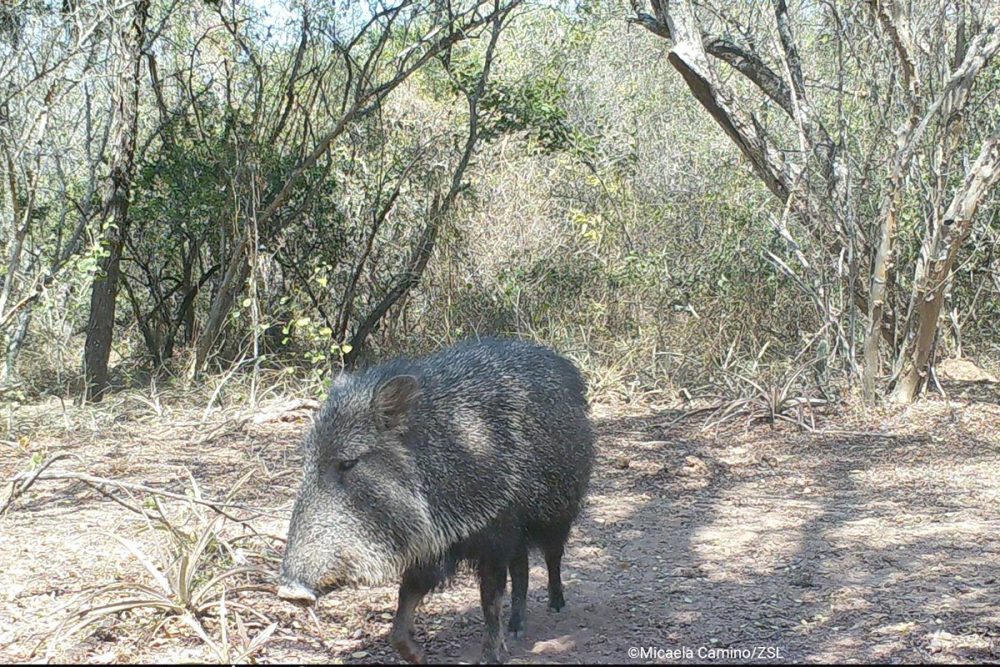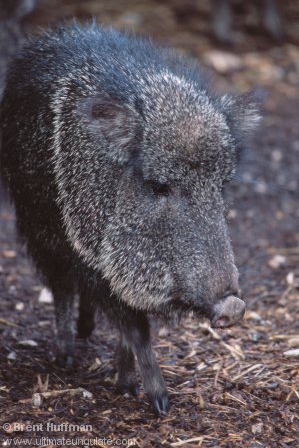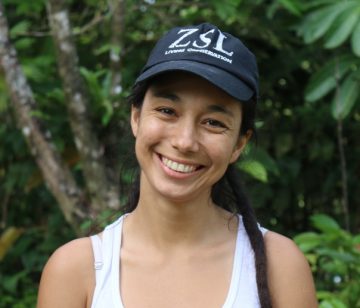About
The Chacoan peccary is a pig-like mammal with a long, flexible snout and a coat of grey brown bristly fur, and is the largest of the three living species of peccary.
Although it was known from fossil material dating back to the Pleistocene, scientists believed it to have been long extinct until a living population was reported in the early 1970s! It is the only living species of its genus, Catagonus, with only three close relatives in the family Tayassuidae; each of which are the sole members of their own genera. The Chacoan peccary has been evolving in isolation for over 8 million years!
The species is well adapted to the dry, hostile climate in which it lives, and obtains most of its water from fleshy plants, such as cacti and bromeliads. The main threats to the species are thought to be from habitat loss and fragmentation and overhunting, although disease may also be contributing to population declines.
- Order: Cetartiodactyla
- Family: Tayassuidae
- Population: Unknown
- Trend: decreasing
- Size: 90cm-112cm
- Weight: 29.5-40kg
EDGE Score
Distribution
Chacoan peccary is endemic to the Gran Chaco region of western Paraguay, south-eastern Bolivia and northern Argentina. It occurs in fragmented populations across a geographical range of approximately 140,000km2
Habitat and Ecology
The Chacoan peccary inhabit hot, semi-arid thorn forests and steppe, dominated by low-lying succulent plants and thorny bushes. This species is active during the day, particularly in the late morning. It spends much of its time browsing on fleshy plants such as cacti and bromeliads. Other foods eaten include roots, seeds, fruit and forbs. The species occasionally eats carrion and may also prey on small mammals. It obtains essential minerals from eating mineral-rich soil at naturally occurring salt-licks, and leaf-cutter mounds.





